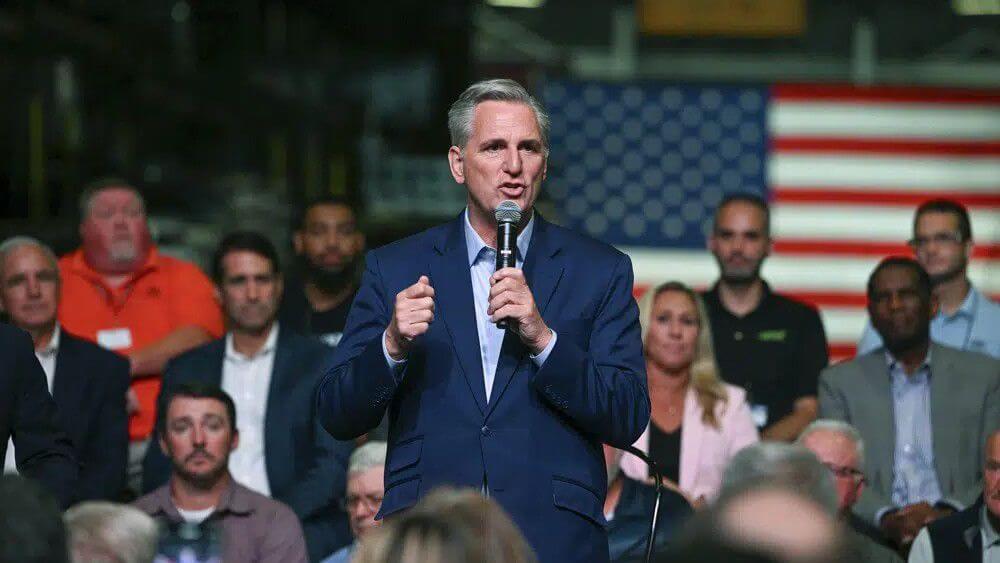As Republican Tyler Kistner’s closing ad aired last month in one of the most competitive congressional districts in the U.S., Vickie Klang felt that something was missing.
The 58-year-old veterinary technician and self-described independent voter watched as the 30-second spot showed grainy black-and-white images of President Joe Biden with two-term Democratic Rep. Angie Craig superimposed alongside him. The narrator ominously described life in America as “dangerous and unaffordable” because of an alliance between the two Democrats.
Absent from the ad, Klang thought, was anything close to a solution beyond electing Kistner.
“You’re never telling me what you’re going to do for the state or the country,” Klang recalled. “That’s a huge turnoff.”
Klang ultimately backed Craig, contributing to a 5 percentage point win for a Democratic incumbent whom Republicans spent more than $12 million to unseat. From Maine to California, Republicans faced similar unexpected setbacks with the small but crucial slice of voters who don’t identify with either major party, according to AP VoteCast, a sweeping national survey of the electorate.
Republican House candidates nationwide won the support of 38% of independent voters in last month’s midterm elections, VoteCast showed. That’s far short of the 51% that Democrats scored with the same group in 2018 when they swept into…







